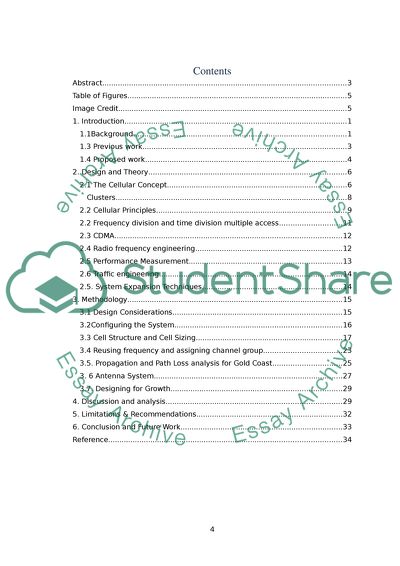Cite this document
(Designing a Cellular Mobile Radio Communication System for Gold Coast, Research Paper, n.d.)
Designing a Cellular Mobile Radio Communication System for Gold Coast, Research Paper. Retrieved from https://studentshare.org/technology/1743308-design-a-wireless-system
Designing a Cellular Mobile Radio Communication System for Gold Coast, Research Paper. Retrieved from https://studentshare.org/technology/1743308-design-a-wireless-system
(Designing a Cellular Mobile Radio Communication System for Gold Coast, Research Paper)
Designing a Cellular Mobile Radio Communication System for Gold Coast, Research Paper. https://studentshare.org/technology/1743308-design-a-wireless-system.
Designing a Cellular Mobile Radio Communication System for Gold Coast, Research Paper. https://studentshare.org/technology/1743308-design-a-wireless-system.
“Designing a Cellular Mobile Radio Communication System for Gold Coast, Research Paper”, n.d. https://studentshare.org/technology/1743308-design-a-wireless-system.


